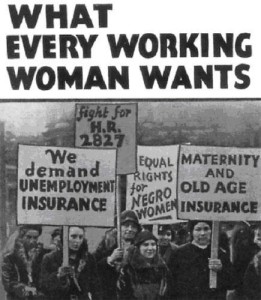
Cover of one of the many pamphlets produced by the National Joint Action Committee in support of Congressman Ernest Lundeen’s social insurance bill. “What Every Working Woman Wants” was printed by Workers’ Library Publishers, NYC, 1935. Courtesy of the Institute of Social Medicine and Community Health. Lundeen’s bill ultimately lost to the more conservative social security legislation.
On Aug. 14, 1935, the Social Security Act was passed. Howard Zinn said in 1994 in a Rethinking Schools interview:
Emphasizing social and protest movements in the making of history gives students a feeling that they as citizens are the most important actors in history . . . Students should learn that during the Depression there were strikes and demonstrations all over the country. And it was that turmoil and protest that created the atmosphere in which Roosevelt and Congress passed the Social Security Act.
Read more in the interview, “Why Students Should Study History: An Interview with Howard Zinn.”
Rethinking Schools editor Adam Sanchez describes how he teaches about this period in history in “Who Made the New Deal?”
However one analyzes the impact of Roosevelt or Obama, it is clear that the Great Depression and the New Deal are vitally relevant to those grappling with today’s economic crisis. As a 10th-grade U.S. history teacher at Madison High School in Portland, Oregon, I knew that studying the 1930s would be especially pertinent to my diverse, largely poor and working-class students, whose families are still living with the effects of the 2007–08 meltdown.
My goal was to get students to see the similarities and pinpoint differences between the two crises and the two presidents. I hoped they would question why Roosevelt’s presidency produced so many more and so much deeper structural reforms than Obama’s. By the end of Roosevelt’s first two terms in office, nonagricultural private-sector workers had the right to organize unions and the National Labor Relations Board was created to enforce that right. The unemployed had access to a new, permanent system of unemployment insurance, and the elderly could rely on social security. Millions of people were put back to work through federal jobs programs.
Did the differences indicate that FDR was a better politician? Was he more left-leaning than Obama and today’s Democratic Party? Or was the difference the result of massive pressure on Roosevelt from below—the strength of organized labor and other mass movements of the 1930s? Were the New Deal reforms an instance when the government genuinely intervened on the side of poor and working people or, as historian Howard Zinn wrote, were they aimed at “giving enough help to the lower classes to keep them from turning a rebellion into a real revolution?” Exploring these questions requires delving into a people’s history of the Great Depression and the New Deal—one too often overlooked in the history textbooks. Continue reading.
Find lessons and other resources below to teach outside the textbook about the New Deal.

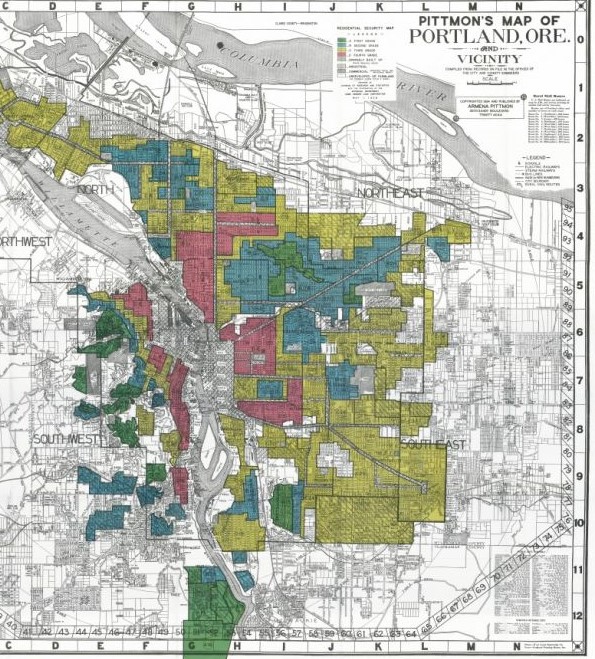
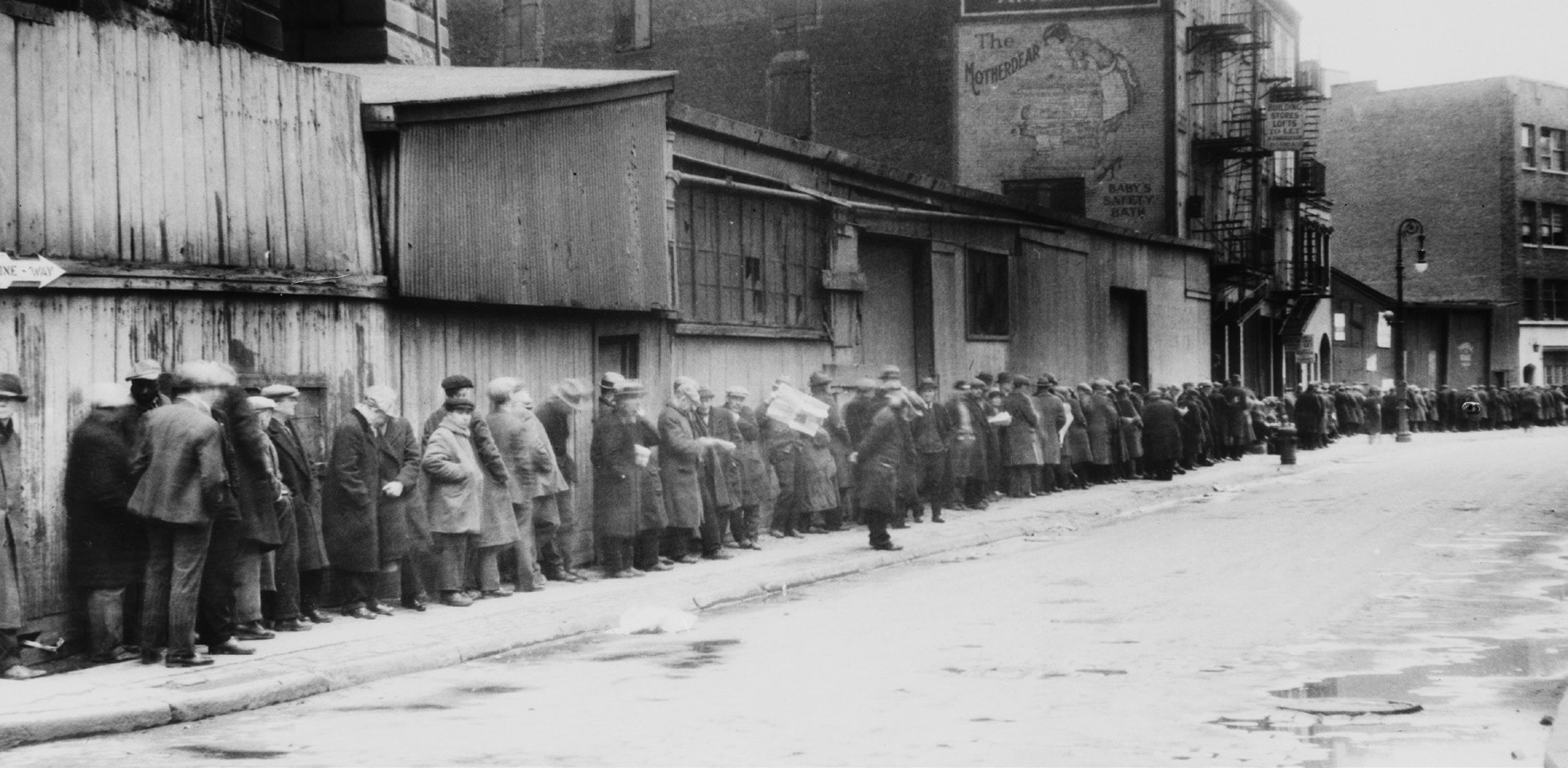
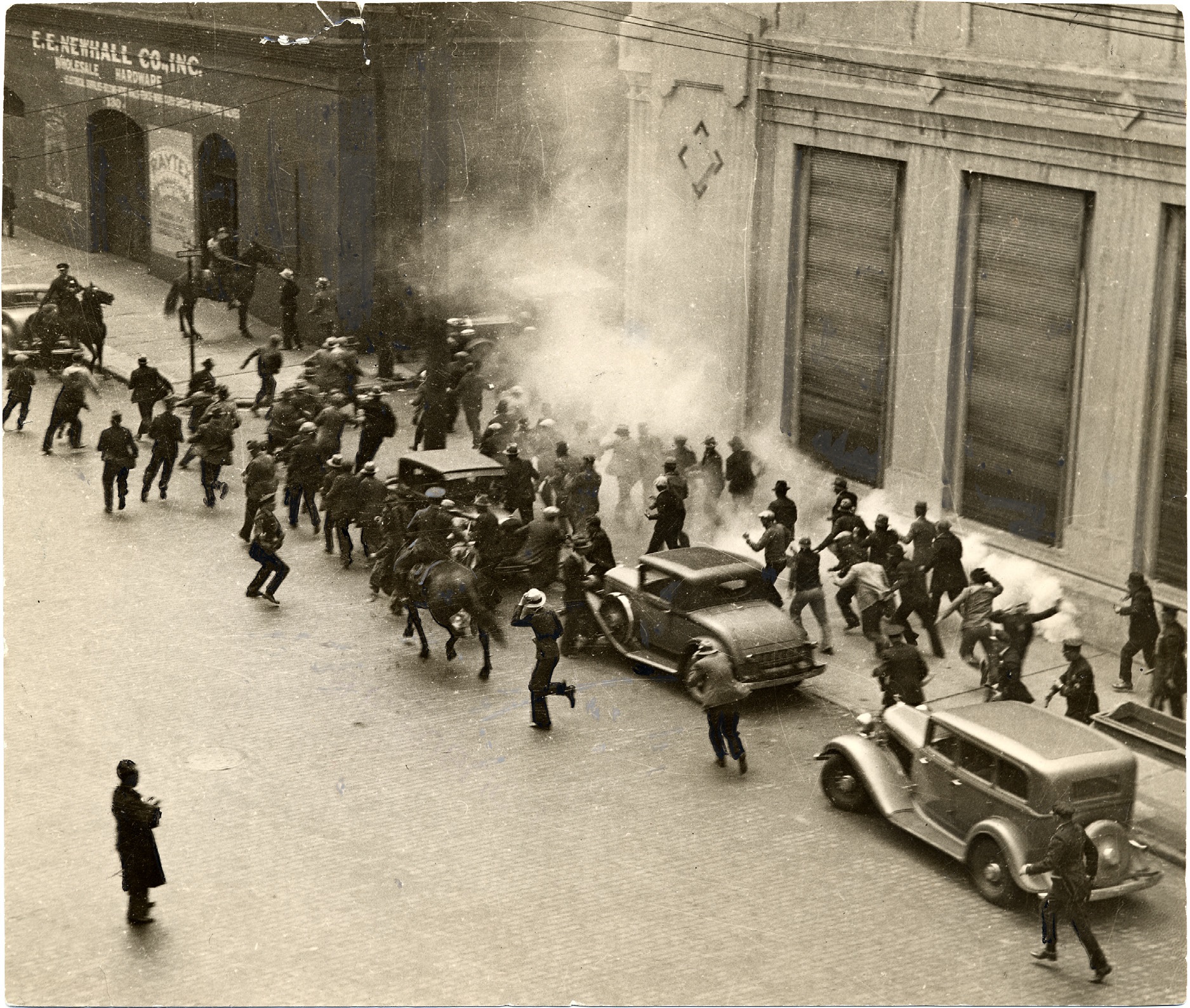
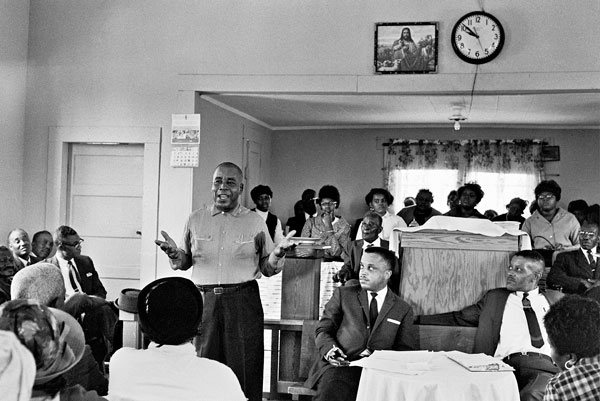
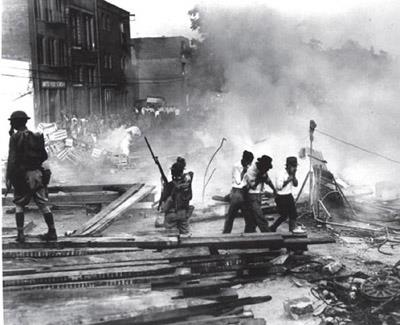
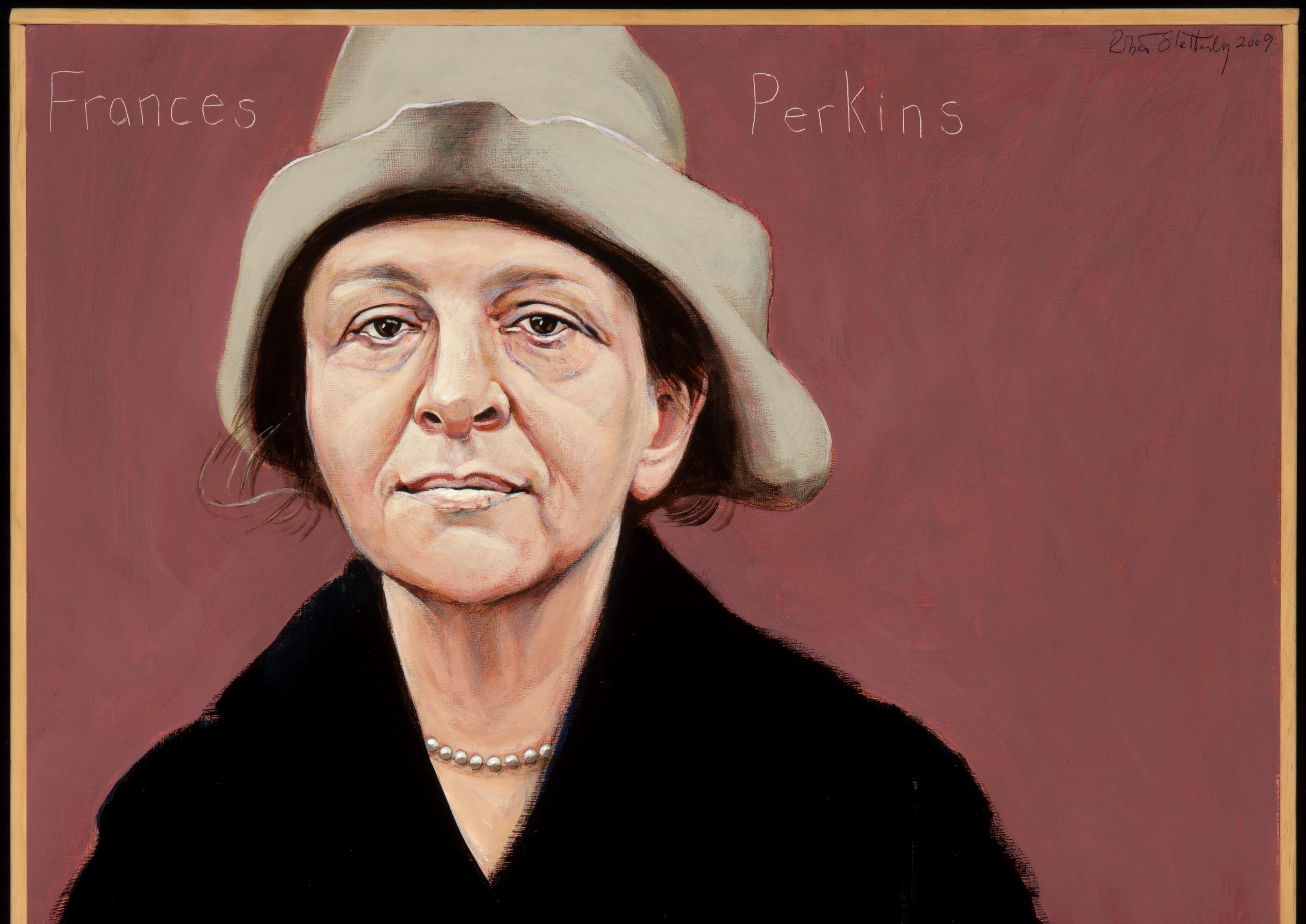
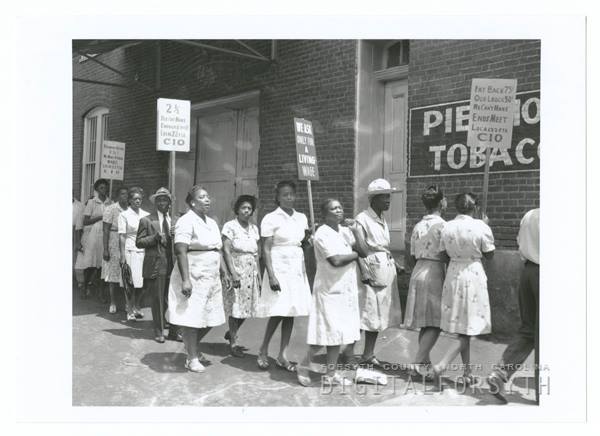





Twitter
Google plus
LinkedIn